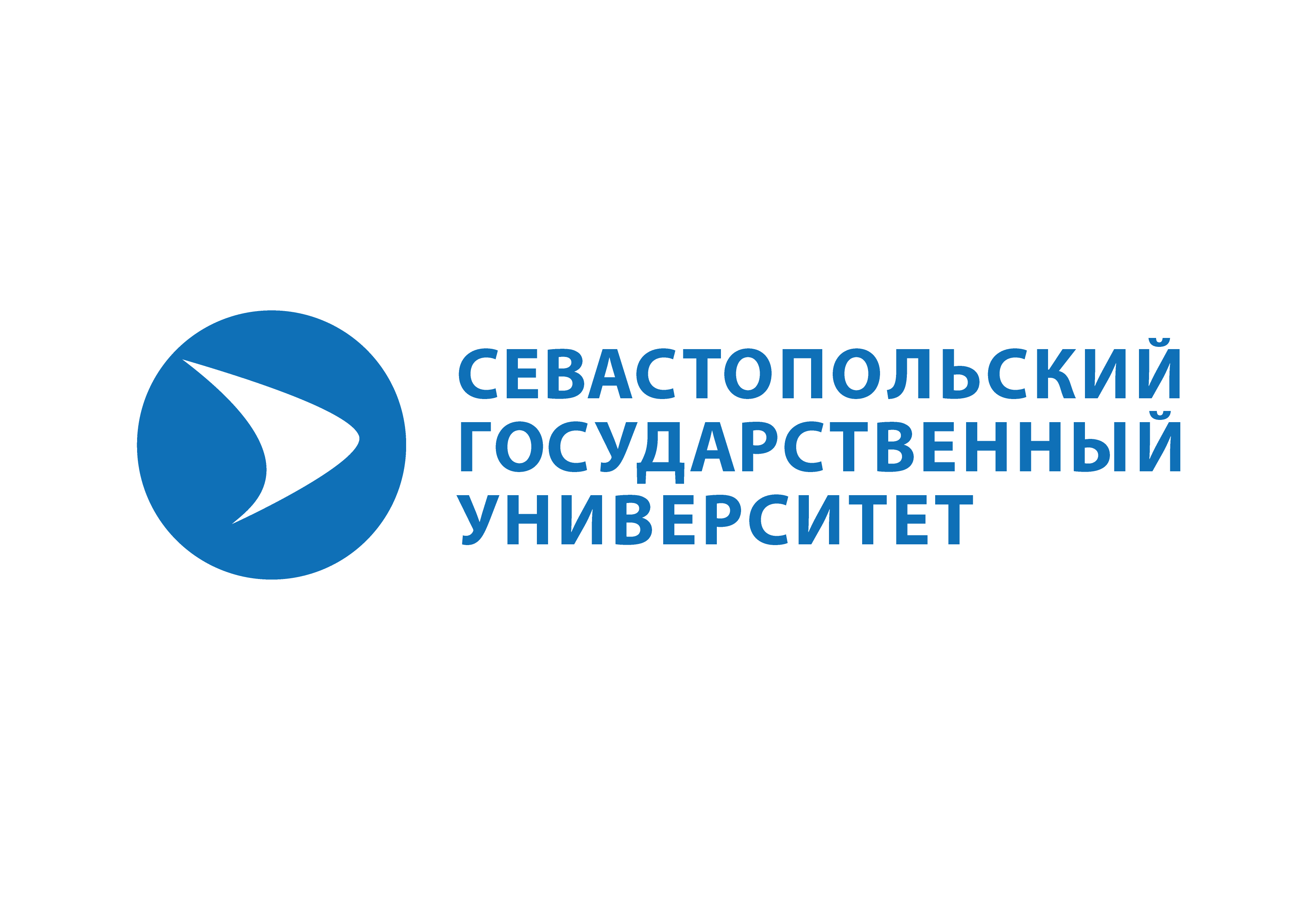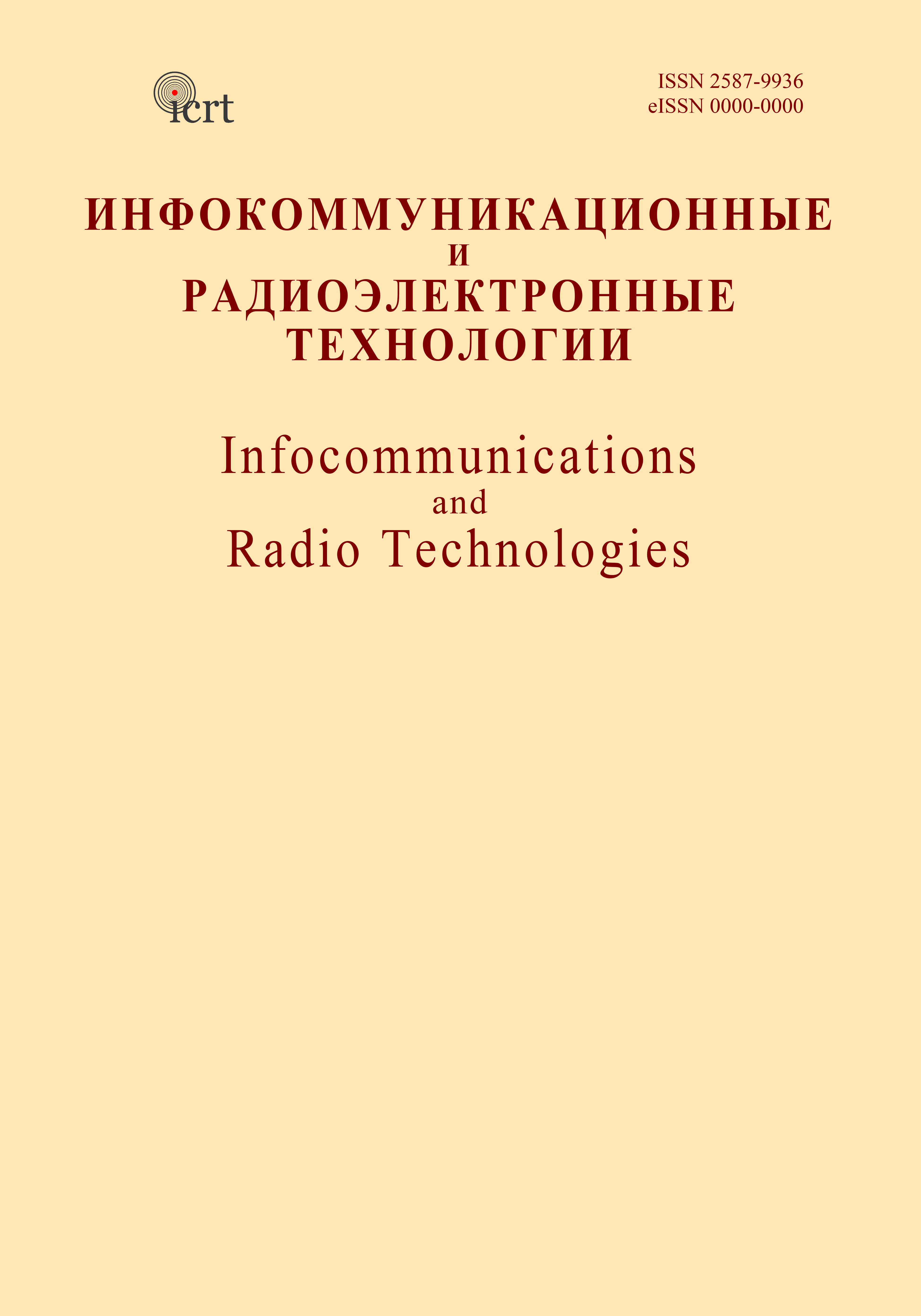Sevastopol, Sevastopol, Russian Federation
The article describes a wireless power transmission system. The system consists of two microstrip structures. They have good performance in transferring energy from one structure to another. The results of system modeling are presented in the paper. System modeling was carried out in the AWR design environment. It is shown the energy loss does not exceed 1 dB at a distance between the parts of the system in 10 mm. Simulations of the operation of the energy transmission system were carried out for different distances between the strips of the system at different frequencies and for different displacements of the microstrip structures relative to each other. Modeling showed that the system has acceptable characteristics for organizing wireless energy transfer. The system can transfer energy for hundreds of watts and use it in practice in a wide range of applications. The most useful application is the battery charging of autonomous devices, such as electric cars, unmanned aerial vehicles, etc.
wireless power transfer, electromagnetic field, microstrip transmission line, symmetrical strip transmission line, transient attenuation, losses
1. Tesla N. Experiments with Alternating Currents of Very High Frequency and Their Application to Methods of Artificial Illumination // AIEE, Columbia College, N.Y., May 20, 1891.
2. Tesla N., U.S. patent 1,119,732 (1914).
3. Besprovodnaya peredacha elektroenergii: trudnaya istoriya stanovleniya (Elektronnyy resurs) http://electrik.info/main/fakty/673-besprovodnaya-peredacha-elektroenergii-trudnaya-istoriya-stanovleniya.html
4. Brown W. C. The History of Power Transmission by Radio Waves // Microwave Theory and Techniques, IEEE Transactions on September, 1984, v. 32 (9), pp. 1230-1242.
5. Pozar D. M. Microwave Engineering // Wiley, New Jersey, 2005.
6. Jackson J. D. Classical Electrodynamics // Wiley, New York, 1999.
7. Scheible G., Smailus B., Klaus M., Garrels K., Heinemann L. System for wirelessly supplying a large number of actuators of a machine with electrical power // US patent number 6,597,076, issued in July 2003.
8. Ka-Lai L., Hay J. W., Beart P. G. W. Contact-less power transfer // US patent number 7,042,196, issued in May 2006.
9. Global Qi Standard Powers Up Wireless Charging (Elektronnyy resurs). https://www.prnewswire.com/news-releases/global-qi-standard-powers-up-wireless-charging-102043348.html
10. Guidelines for Automotive Aftermarket Qi // Chargers The Wireless Power Consortium 2012 2012/10/01
11. Kurs A., Karalis A., Moffatt R., Joannopoulos J. D., Fisher P, Soljačić M. Wireless Power Transfer via Strongly Coupled Magnetic Resonances // Science, 06 Jul 2007, Vol. 317, Issue 5834, P. 83-86 DOI:https://doi.org/10.1126/science.1143254
12. Karalis A., Joannopoulos J. D., Soljačić M. Efficient wireless non-radiative mid-range energy transfer // Annals of Physics 323 (2008) P. 34-48.
13. Goodbye wires! MIT team experimentally demonstrates wireless power transfer, potentially useful for powering laptops, cell phones without cords (Elektronnyy resurs). http://news.mit.edu/2007/wireless-0607
14. IEEE Std C95.1-2005 IEEE Standard for Safety Levels with Respect to Human Exposure to Radio Frequency, Electromagnetic Fields, 3 kHz to 300 GHz (IEEE, Piscataway, NJ, 2006).
15. Pchelnikov Yu.N. Features of slow waves and potential for their nontraditional application // Journal of Communications Technology and Electronics, 2003, vol. 48, No 4, pp. 494-507.
16. Pchelnikov Yu. N., Yelizarov A. A., Pchelnikov A. G. Wireless charging mechanism for outdoor appliance // IEEE Proc. 23rd International Crimean Conference “Microwave & Telecommunication Technology”, Sevastopol, Crimea, Ukraine, 9-13 September 2013, pp. 1058-1059.
17. Shirokov I. B. Sposob besprovodnoy peredachi elektricheskoy energii vysokoy chastoty // Patent № 2704602, Rossiya. MPK H02J 50/20, H02J 50/90, H01Q 7/08. Opubl. 30.10.2019, Byul. № 31.










